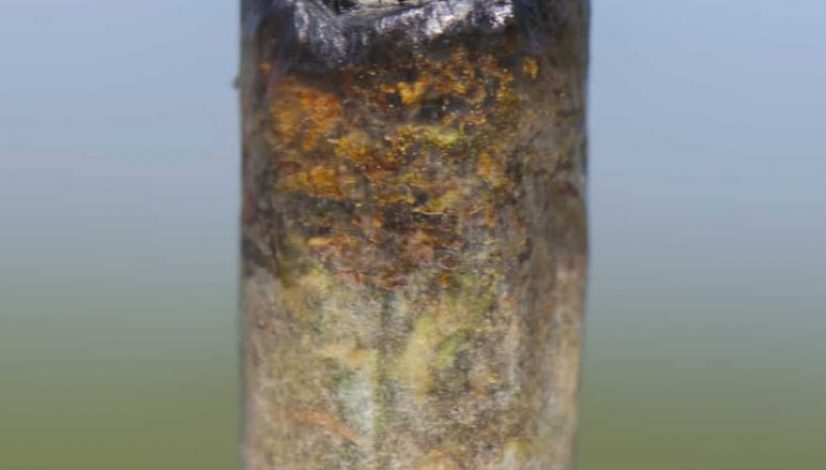Blunts vs. Joints: What Is The Difference?
Despite the fact that there are now several alternative ways to consume cannabis without smoking it, the classic way to consume for most people is still to roll a joint or blunt. If you’re new to smoking weed, you may be wondering what are the differences between a blunt and joint? We’ll go over the main distinctions of a blunt vs joint so you can decide which you’d prefer to roll up with.
Appearance
The first difference you’ll spot between a joint and blunt is the color of the paper. Blunts are always thicker and darker in color due to the tobacco content.
Papers can vary in appearance. There are white papers which could be bleached. Unbleached papers tend to be tanner in color but thinner than blunts. There are even transparent and gold-coated papers. Certain scented rolling papers come with designs printed on them that hint at the flavor.
Blunts come in various shapes and sizes but for the most part they are tan in color. Backwoods and fronto have veins because they consist of natural leaves. Depending on how the blunt was rolled, it will either look smooth on the outside or rigid from leaves and their veins.
Burn Time
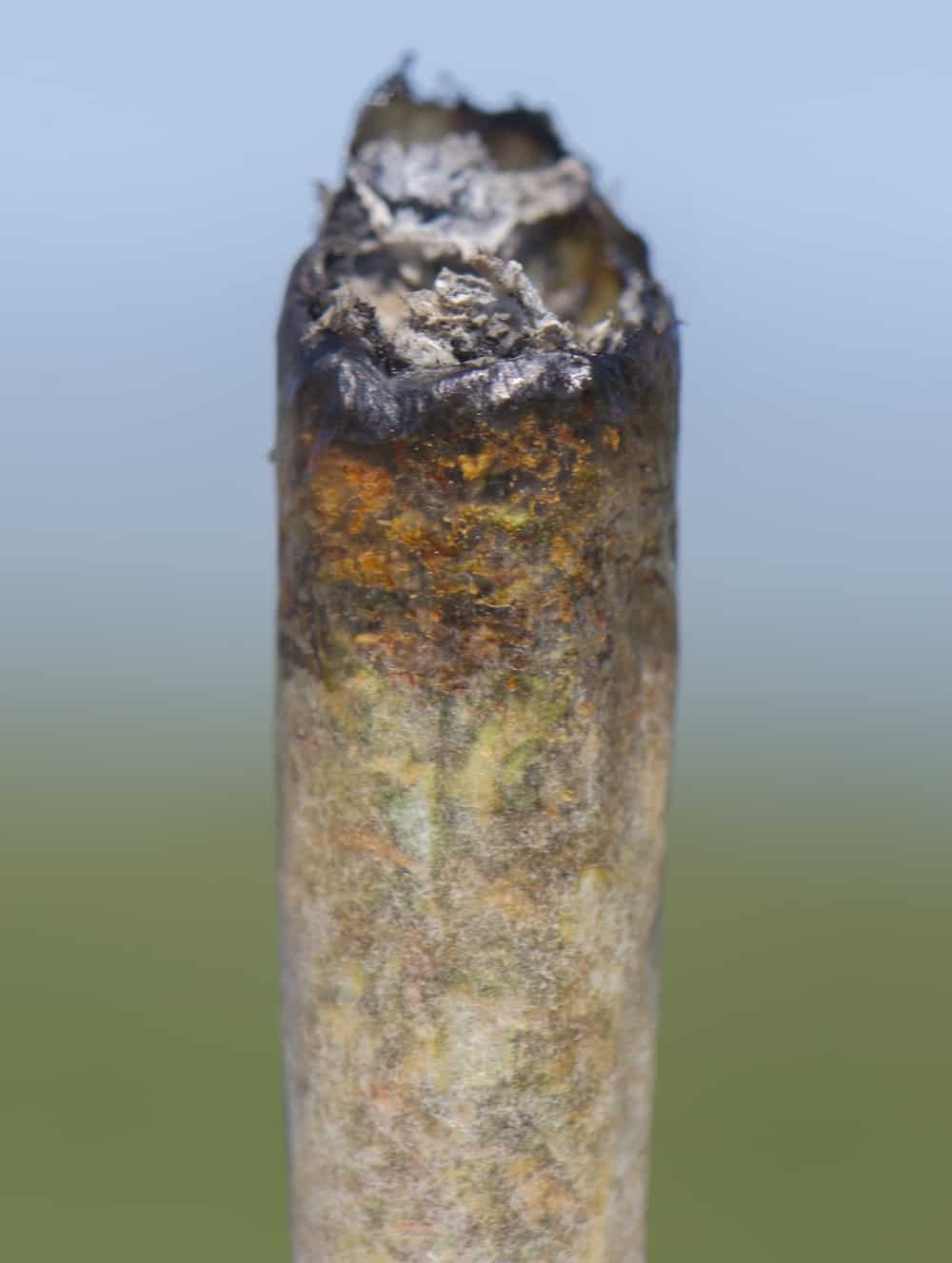
One of the main reasons someone would choose a blunt over a joint is the amount of time it burns. Blunts tend to burn for a longer period of time than rolling papers because the paper they’re made with is thicker. If you prefer joints but want a slower burn there are thick papers and others labeled “slow-burning.”
The slower burn of a blunt makes it better for sharing with larger groups of people. Joints are better for fast smoking, solo smoking or for sharing between two to three people.
Tobacco
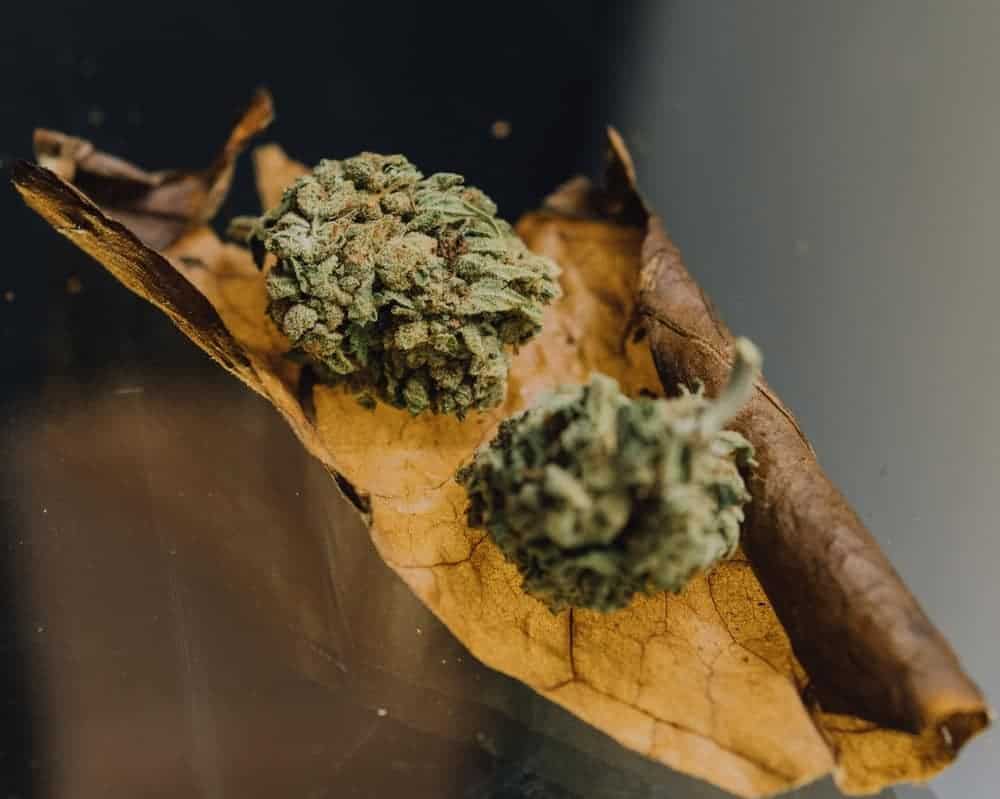
The main thing that sets a blunt apart from a joint is the paper used. Blunts are usually rolled with gutted cigars or cigarillos. Both cigars and cigarillos are rolled with tobacco paper and filled with tobacco before being emptied.
Others roll with fronto which is a large natural tobacco leaf that tends to be higher in nicotine content. Strips are cut out of it and added to joints but some people wrap weed entirely in fronto. If you’re not used to intaking nicotine, a fronto-wrapped blunt will be intense.
The only blunt wrap you can use that doesn’t involve tobacco is a hemp wrap. Otherwise, you’ll have to rely on rolling papers when you want to smoke papers with no tobacco content. The only time you’ll find tobacco in rolling papers is when rolling a spliff. Spliffs are joints that contain both tobacco and cannabis. In certain parts of the world, the words are used interchangeably.
Rolling
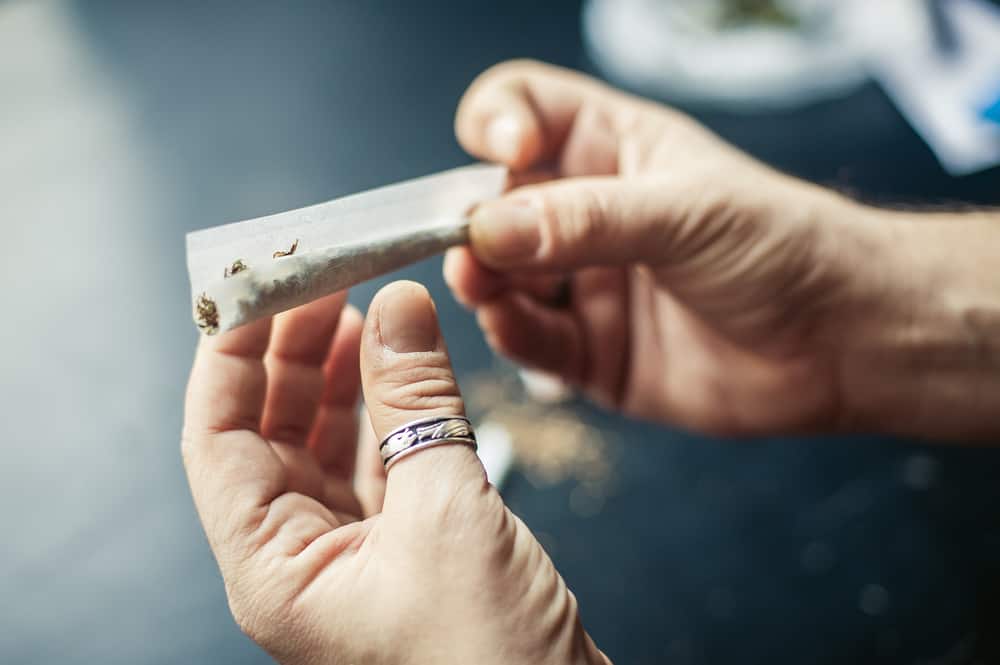
Which is easier to roll when it comes to a blunt vs joint? Rolling papers will pretty much always come with fewer complications than blunt wraps. If you’re a beginner looking to avoid extra obstacles, we recommend going the joint route. Preparing rolling paper is as simple as pulling out a piece. On the other hand, a lot more can go into blunt vs joint preparation.
For example, many Dutch Master smokers deleaf the cigar before cutting and gutting the tobacco out. The leaf should be kept moist on the side. After rolling the weed in the cigar paper, the leaf should be wrapped back around the blunt. People that use this method have claimed it provides a smoother, slower burning smoke.
When you roll a blunt you’ll have to make sure your wrap is fresh. Some wraps end up getting dried out or moldy when they spend too much time outside of a humidor. If you accidentally let your cigar get dry, you will have to breathe on it until it is moist enough to be wrapped around a blunt without cracking.
To avoid having to breathe a blunt back to life, feel the pack and make sure your cigar or cigarillo isn’t already crispy. Some wraps come with holes or cracks in them making them near impossible to smoke. On the other hand, you won’t have to worry about joint papers getting dried out, cracking or containing holes.
Price
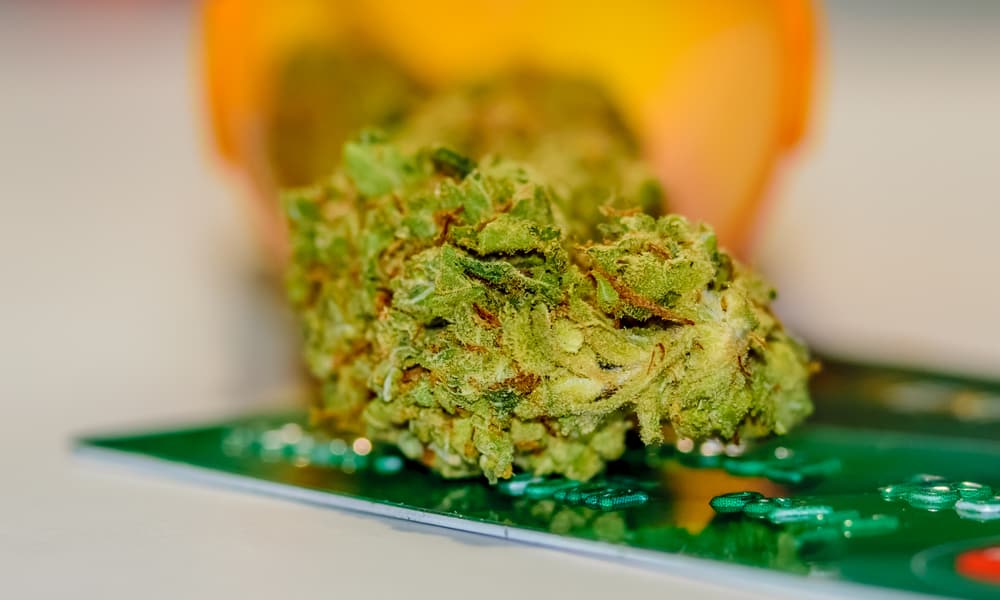
When it comes to price, a pack of rolling papers will get you a lot more smokes than you would from a pack of equal or greater priced cigars, cigarillos and fronto leaves. You can get about 50 sheets of rolling paper for the price of a cigar depending on the brand.
If you enjoy the tobacco leaf, the most affordable way to smoke blunts is with a fronto leaf. A fronto costs about 2 cigars but you’ll get way more than two blunts out of it.
Who Wins? Blunt vs Joint
Now you know the benefits of a joint vs blunt and vice versa. Joints are better for smaller groups or individual smoking. The slow burn of a blunt wrap is ideal for groups of two or more. Joints are the most consistent and cost-effective method of rolling up. Some people prefer one over the other while the rest of us use them situationally. If you don’t have any papers there are still several ways to blaze without a pipe or papers.
The post Blunts vs. Joints: What Is The Difference? appeared first on High Times.

